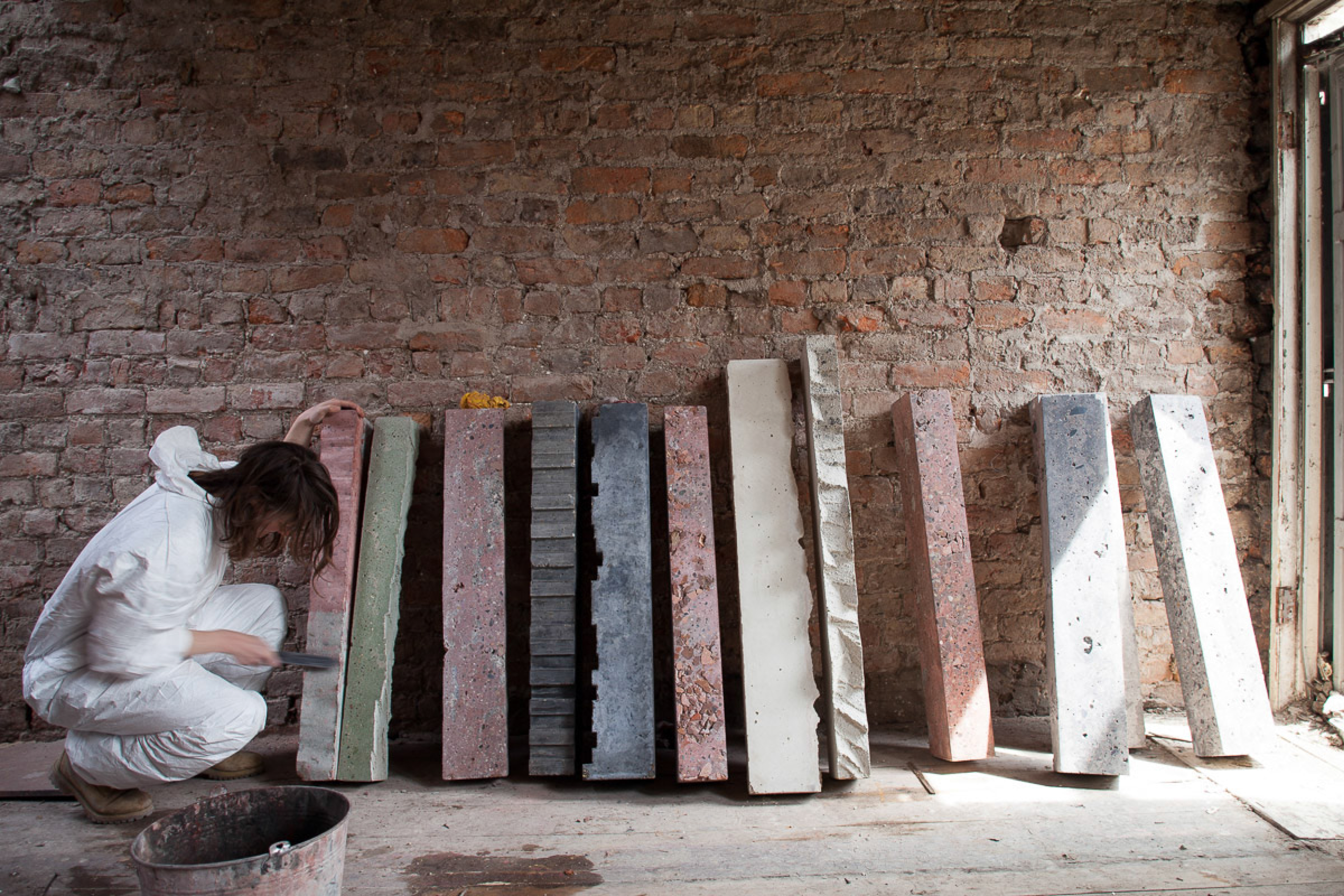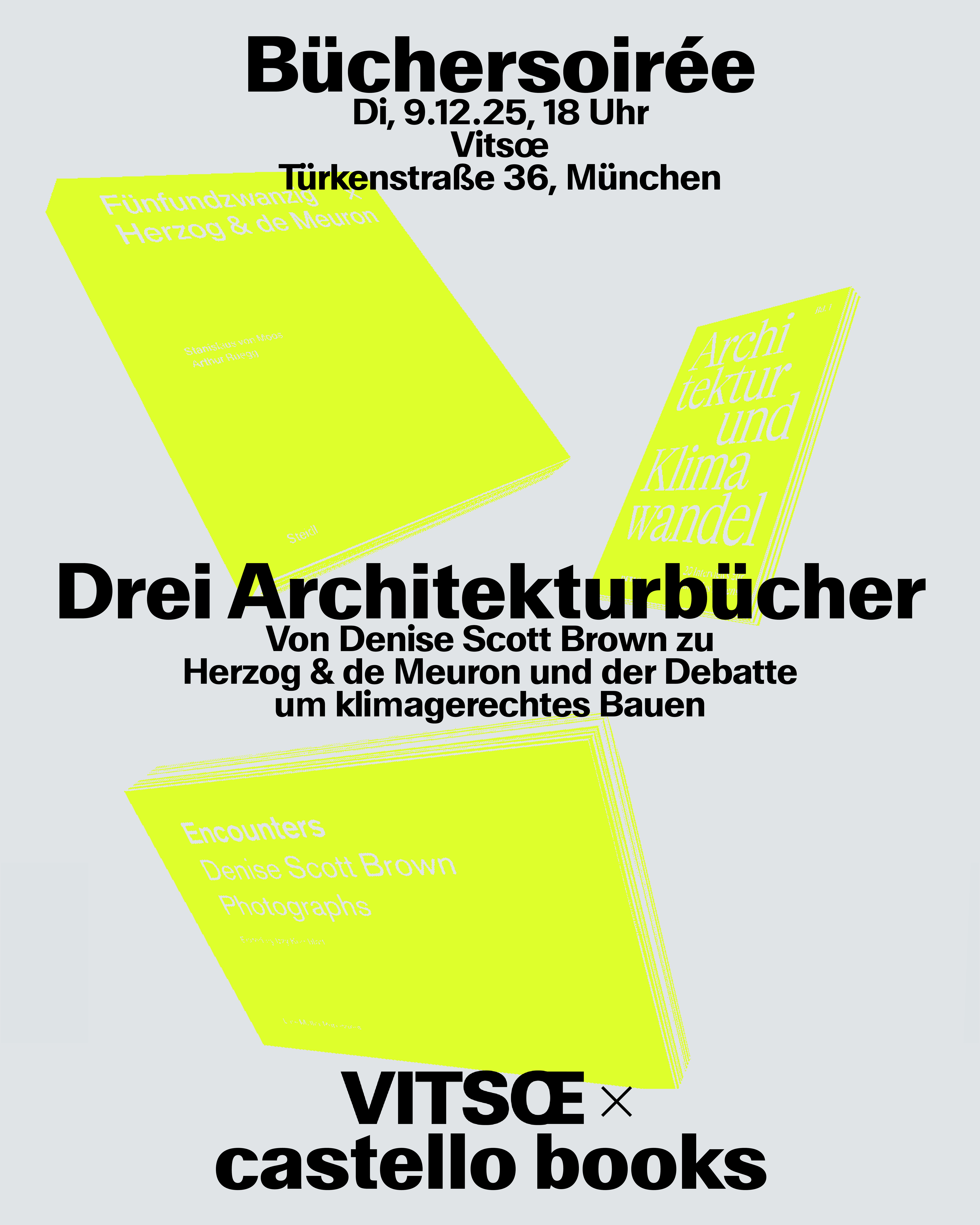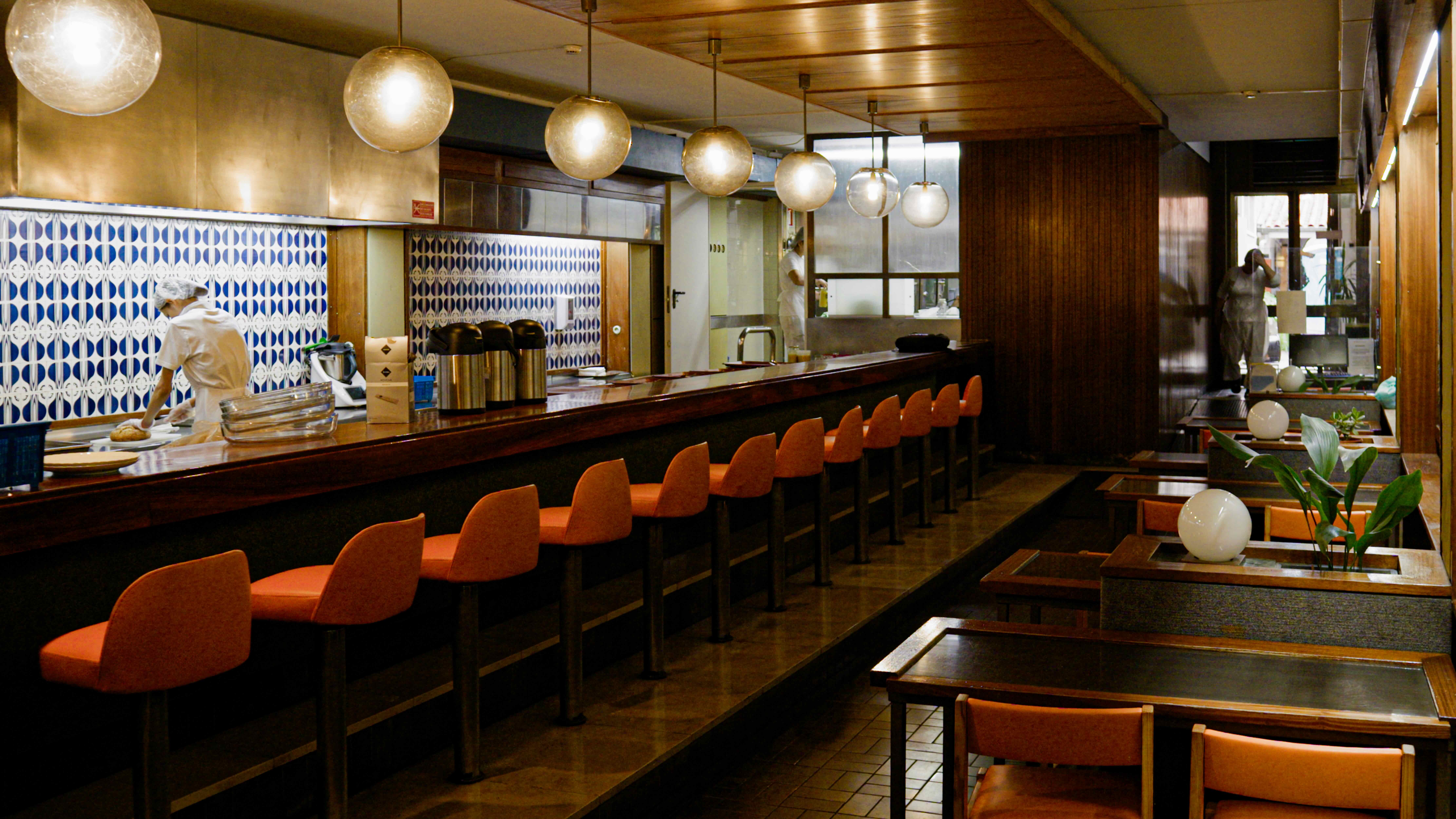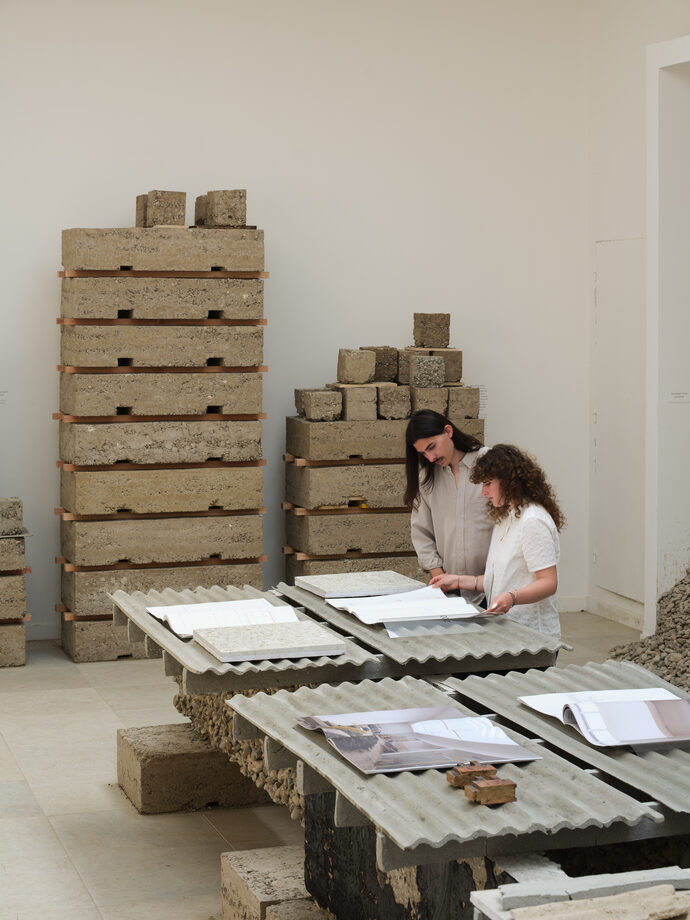Jörg Boner, made in Zurich
Given our internationally received associations with the quality of all things Swiss, Jörg Boner chooses to ignore these as being prerequisites for the things he designs; at the same time he cannot deny that they are somehow held in the collective consciousness, and, by implication, he’s not exactly free to abuse the characteristics of reliability, usefulness and functionality in everything he produces. Significantly, cardboard models form an inherent part of Boner’s design process. Attention to the sculptural aspect of products is of utmost importance in his approach. A happy balance between form and technology is his fervent aim.
When I met Jörg Boner for the first time, his friend Stefan Diez introduced him as “the world’s best designer from Switzerland”. But the Zurich based designer felt more embarrassed than flattered by the compliment paid by his German colleague. Blowing his own trumpet is not Jörg Boner’s style, not even as a joke. Instead of networking, he prefers to work as a recluse in his studio, where he develops industrial objects like the Thermos pot for Nescafé and the Wogg 50 chair, with its expressively curved back and armrests. During the design process, Boner and his team build a lot of fullscale cardboard models that express a concrete idea. The Museum für Gestaltung in Zurich even bought some of those elaborate mock-ups for inclusion in its permanent collection.
DAM: When did your obsession for cardboard models begin?
Jörg Boner: It was six years ago, when I was working on my first seating elements. I came back to my cardboard model to check the proportions against the drawings. It worked out perfectly! After that I began to construct grey cardboard models on a regular basis. Step by step and project by project we improved the method of building these models. Only later did I realise that this had become part of our approach to the design process.
DAM: Is your design thus the result of good handicraft work?
JB: Our models are not really ‘handicraft’ in a creative sense, because we make precise construction plans before we start to build the models. We print the patterns from computer drawings, which form the individual surfaces that we glue together. In so doing, the proportions and the composition are checked, redefined and reworked, and then we go back to the drawings. Over time, the object gets better – by way of the many revisions and the number of models.
DAM: Swiss design is often considered to include lifetime qualities like reliability, usefulness and functionality. Can design dare to amuse, or is that simply a funny notion, in your opinion?
JB: Of course it can, but our country is not the Netherlands, we didn’t have a ‘Droog design’ movement. Nevertheless, our work is quite far removed from the accepted sense of ‘Swiss made’. We often break from proper organisation and cleanness in our work. But in the end, there are no longer any national borders in design today, even if there is a certain kind of collective memory that we cannot shake off.
DAM: In your eyes, is it important to advance typologies or has everything already been discovered?
JB: I guess you can still discover and invent a lot of things. The problem for us as designers is more the contrary: you have to be careful not to invent too much. There are things that pose a huge challenge for production companies and for the market. Therefore we are working on the idea of combining all the new technologies and materials that we had been looking for in the past, with formal innovations. In my opinion, the sculptural aspects are completely undervalued in design today. But the question of form has a large effect on the life and the coherence of objects. The Old Masters very much concentrated on this issue. The quality of Eames furniture is pretty much based on its sculptural form. On the one hand, there are so many exaggerated examples in our world. And on the other, many designs simply deny the question of form, due to pragmatism. I am looking for a way between these two extremes.
DAM: New technologies like LEDs allow a completely new understanding of forms. How do you handle this?
JB: That’s an interesting question. Of course, the consequence of LEDs is a revolution in form, but even so, you cannot accelerate our cultural understanding of lamps. Our society is not ready to accept this change. Hence, the form of contemporary LED lamps is quite close to that of electric bulbs or halogen lamps. For our streetlamp, which will be produced with LEDs, we decided to refer to both a sculptural and a traditional form, for these reasons. However, the future potential of LEDs is huge,
and I think it’s much too easy to make all lamps flat. The time will come to investigate these possibilities.
DAM: Your streetlamp was primarily designed for the AXPO headquarters. Since Louis Poulsen cancelled serial production, you’re collaborating with the Italian company EWO for a revised design. There are many partners for one project – as a designer, are you also a business manager?
JB: Sometimes you have to be. But what counts in the end is the product. It has to speak for itself. I actually try to reduce our networking activities in order to have more time in the studio. That’s the best and most important thing for designers, because it has the greatest effect. I am convinced that it’s better for me to attend to products instead of marketing.
DAM: What is the benefit of having a company as a collaborative partner?
JB: Developing a product is always a decision that has to be made by the management or Board of a company. Every product is a high risk; the exchange between designers and companies has to be frank and open-minded at the same time. My experience is that confidence and understanding from each side are highly important during the design process. That’s part of the business culture I know from working with Leo Lübke, Nils Holger Moormann and Marc Werder at Wogg. They handle discussions and questions in a very constructive way when it comes to the matter of production. There is a really open dialogue between the partners.
DAM: Do you consider authenticity as crucial to both parties?
JB: It certainly is. You have to do things because you are convinced of them and not just because others do them. There are many followers in this business, comprising a big part of the circus. But only a few entrepreneurs are aware of the risks and keep on going anyway, acting on conviction. What remains is the joy of the game. It can be fun to collaborate with the right partners. If companies can hold-on over the long term, it is very exciting to continue working with them.
Interview: Sandra Hofmeister





